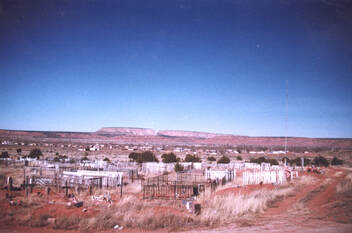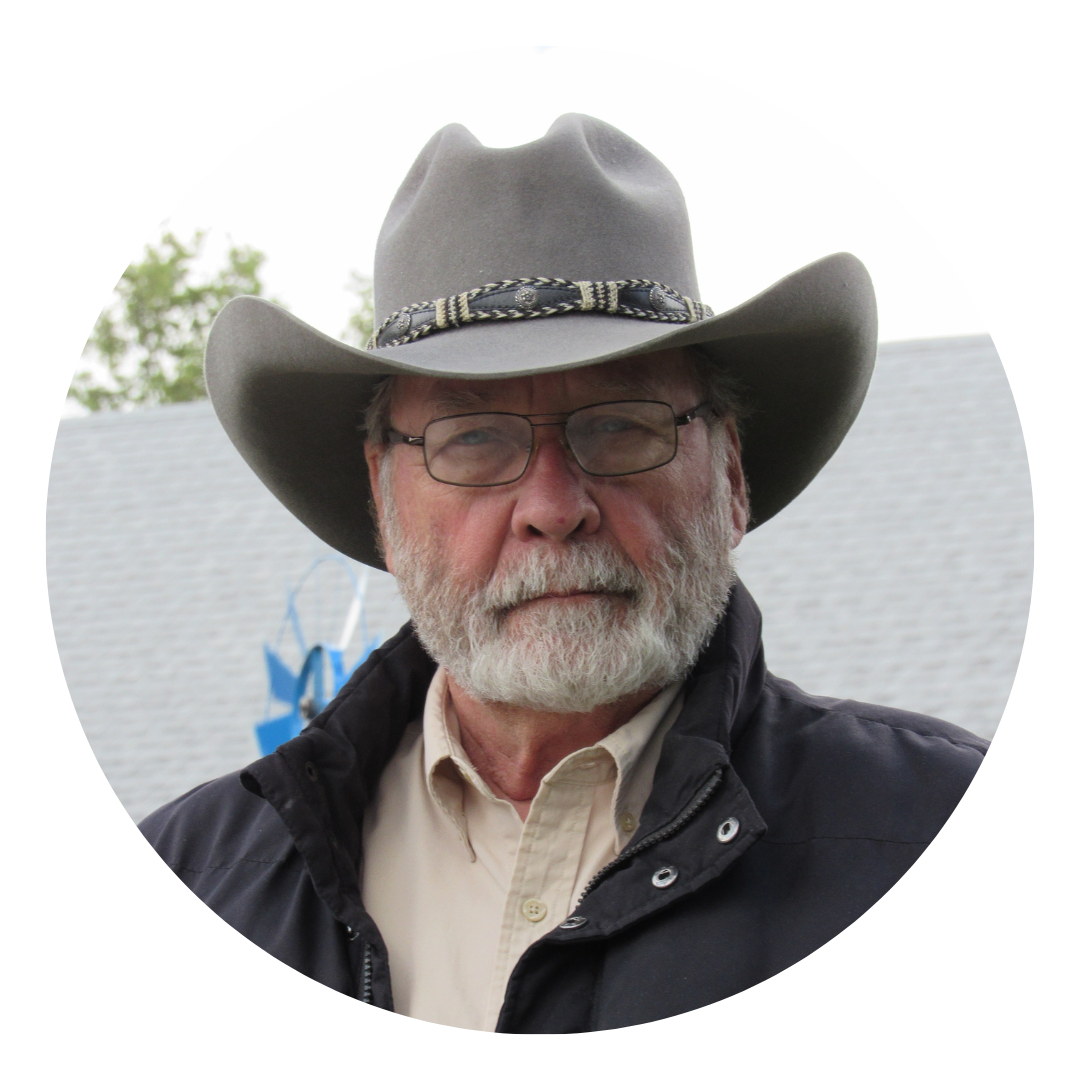 All I wanted to know was how someone trails sheep to California. According to the Navajo-Churro Sheep Association (www.navajo-churrosheep.com), when gold was discovered in California in 1849, Navajo-Churro sheep in New Mexico and Arizona were trailed west to feed the huge number of people. I know about cattle drives; I don’t know anything about sheep drives. Sheep were introduced in the New World by Spanish explorers and settlers, as far back as 1494 when Spain established colonies in the Caribbean and then in Mexico. The Navajo-Churro is a very hardy breed with strong maternal instincts, abundant milk production, high lamb survival, a wealth of wool per animal, and are able to survive on marginal feed sources. Their introduction into the Southwest proved to be a significant boon for the indigenous people as well as the Hispanic settlers. They’re easy to recognize because the rams have four horns—two going up and two going down. The website also noted that Francisco Vasquez de Coronado’s expedition to search for the Seven Cities of Gold in 1540 included 5,000 Churro sheep. I didn’t know that they had any sheep at all, so I started reading about the Coronado Expedition, which sounded more interesting than sheep drives to California. That led me to Douglas Preston’s book, Cities of Gold, A Journey Across the American Southwest. He chronicles a horsepacking trip in the spring and summer of 1992 when he and a friend tried to follow Coronado’s route from near Palominas, Arizona (it’s close to the Mexican border; Preston didn’t do the Mexico portion of the expedition) to Pecos, New Mexico. Pecos Pueblo is about the last confirmed location of Coronado before he crossed into the Great Plains, eventually going halfway across Kansas looking for Quivera). I like Preston’s nonfiction books, as well as his fiction books (most famously, the ones written with Lee Child), so it took no urging to read Cities of Gold. He alternates chapters between describing his horse adventures retracing Coronado’s route, and giving historical information about Coronado, the expedition, and the sixteenth-century Southwest. I learned about Coronado in school, maybe as early as elementary school. Most of the websites I’ve visited still use the same painting that shows a courageous Coronado leading a long line of soldiers, scouts, and priests across a flat landscape. That painting didn’t quite give the right scale of the expedition. Besides himself, the expedition included Fray Marcos, a Franciscan priest who had made an exploratory trip the year before and returned declaring that there were seven cities of great wealth (technically, he never said “gold”) in the far-off lands north of Mexico, and also included - 250 horse soldiers - 70 foot soldiers - about 1900 indigenous people from Central and West Mexico (mostly Aztecs) - about 400 servants and slaves, largely from North and West Africa - maybe 200 women and children (the number is known for sure, but they were a “significant portion” of the expedition; they included wives of the soldiers) - 500 pack animals - 1000 horses - 5000 sheep - 7000 cattle, including oxen I had no idea that Coronado was leading a small city into the Great Unknown; that’s a lot of drinking, eating, sleeping, and pooping so it was no small logistical problem. They would be gone for three years, so I can imagine that he thought he needed every person. Coronado, by the way, had 23 horses of his own, 3 or 4 suits of horse armor, and a gilded suit of armor for himself, complete with a plumed helmet. Other soldiers brought coats of mail, front and back armor, buckskins, swords, crossbows, harquebuses, and several small cannon, not to mention all those shapely metal hats they wore. I can’t imagine being wrapped in metal in southern Arizona in the summer. A video by the National Park Service said the full expedition could have required 80 to 100 thousand gallons of water a day. I’m not sure I believe that, but finding water certainly had to be major priority of every day. I did my military training at Fort Huachuca, Arizona, and it’s close to where the expedition came out of Mexico, headed north. There’s not a lot of water anywhere that I remember. While reading Preston’s book, I’ve also been looking at websites. There’s a surprising amount of interest still going on with regard to establishing Coronado’s exact routes—where he camped, where he found water, how he got to Kansas, when he had the full expedition together versus when he was scouting ahead with a much smaller force (100 soldiers or so), etc. I read an article where cowboys, residents, and researchers have amassed substantial evidence of an expedition encampment outside of Floydada, Texas. That’s east of Lubbock for those of you without a map, and is way south of where most maps have the route. I found another article claiming that Douglas Preston should have turned after reaching Benson, Arizona, instead of going straight; research has changed a lot in 30 years. I’m still reading and researching, and it’s pretty entertaining. I’ll get back to you when I have more to say.
3 Comments
Bill Willmon
3/15/2021 08:36:06 am
On Sheep being driven to California. That is a new bit of "information" and I think it highly unlikely.
Reply
3/15/2021 12:13:01 pm
All I'm going by is two articles at www.navajo-churrosheep.com,
Reply
William H Willmon
3/15/2021 09:17:57 am
Richard Henry Dana talked about it in his book "Two Years Before the Mast", his story of a voyage from Boston to California and back on a ship in the hide trade.
Reply
Leave a Reply. |
AuthorDon Willerton has been a reader all his life and yearns to write words like the authors he has read. He's working hard at it and invites others to share their experiences. |

 RSS Feed
RSS Feed